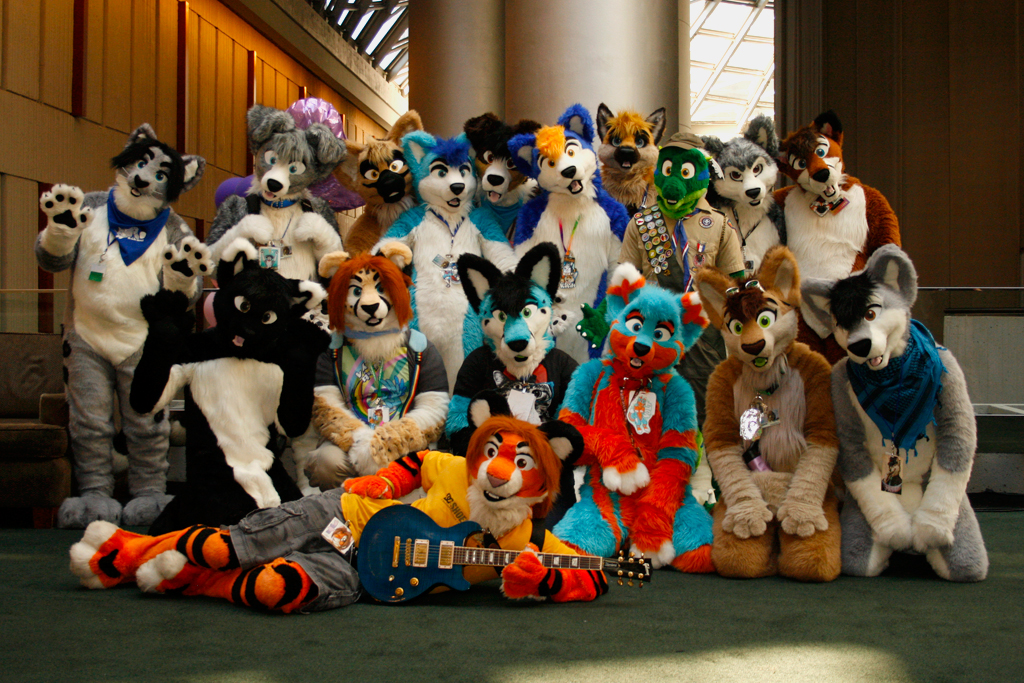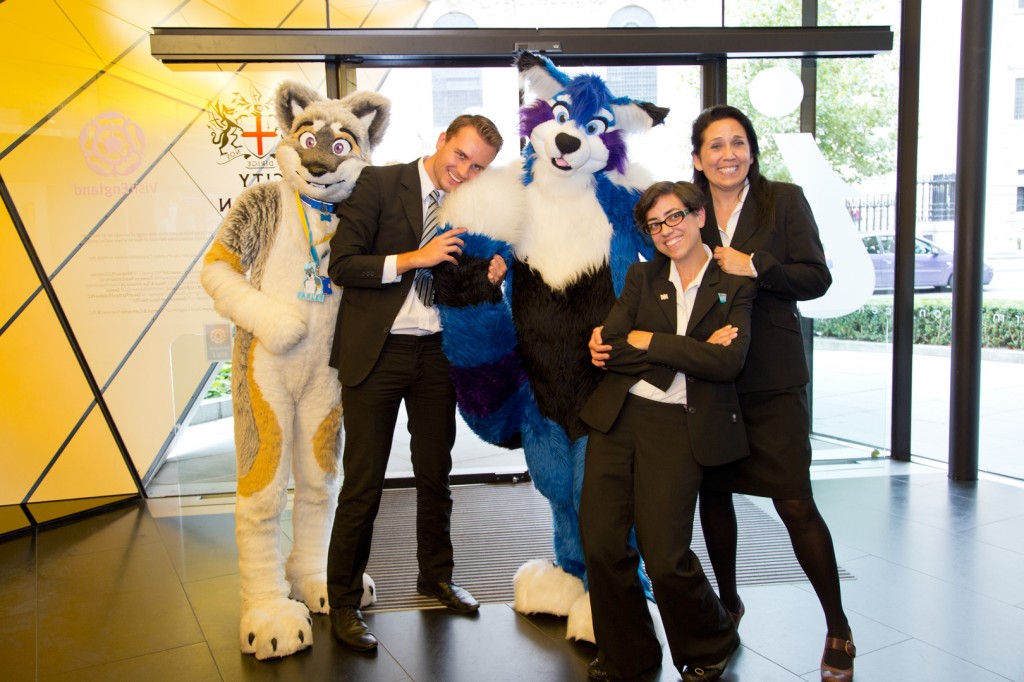What should furries do about mass media?
So there is yet another trash television show trying to get members of the furry fandom to appear and be frowned on by those who uphold what they perceive to be normal in society.
“Dr Phil” is a US talk show hosted by Phil McGraw, a clinical psychologist, tries to help people with ‘life strategies’. Personally I don’t think that a television studio is a very good place to confide your problems. The fact that the shows’ producers are trying to attract furs and their families onto the programme immediately feels dodgy, it is clear there is likely an agenda to say, “It’s wrong to be furry.”
The point of commercial television like this is the fact that the attitudes and aims are already set in stone, the most sane and articulate fur in the World could go on such a programme and the hosts still conclude that its all wrong and weird. Its not about the content, but about drawing an audience and selling the advertising space.
However this is not to say all media will come to a preconceived conclusion about the community.
Independent journalists, public-service broadcasters and local community newspapers are more balanced and therefore more likely to come to a positive conclusion.
Kate Notopoulos, writer at Buzzfeed, attended Anthrocon in 2012 and walked away feeling the negative attitudes furs were getting was unfair. Although the article did note there was a sexual aspect, Kate wrote,
“I do believe them that the appeal is not all about the seedy underbelly of interspecies copulation. The event had a certain joyfulness and camaraderie that you don’t feel at similar “geeky” events like a comic convention or even a brony gathering. However, I’m still not convinced that it’s all as PG as some of the more upstanding members might have you believe.”
(http://www.buzzfeed.com/katienotopoulos/are-furries-really-so-bad)
In 2009, the BBC wrote a piece entitled “Who are the furries?”. It went on to win a Ursa-Major Award, but it came in the aftermath of a potentially damaging incident, a UK court case, where the two defendants sentenced for plotting to kill one of pair’s adoptive parents had met on a furry website. Luckily due to its public-service charter to be impartial in news reporting, the article reassured readers that there was nothing harmful about the community to the public. (http://news.bbc.co.uk/1/hi/magazine/8355287.stm)
The BBC returned to the fandom in 2012 for a video piece about furries dressing-up in the Mexican city of Monterrey. (http://www.bbc.co.uk/news/world-latin-america-18872643)
This is an important but gradual shift in attitudes, which takes time.
Local media outlets, not commercial media, are where the message best gets across. Many local newspapers are struggling to survive and will publish almost anything fun or colourful that you give them. The UK government is pushing to launch a series of new local regional television stations, it could be possible that Confuzzled and some furmeets feature on these in future. Already in Germany, United States and the Netherlands, such media coverage has already taken place on local television of furry conventions and local fur groups.
However I have no doubt there are people out there shaking their heads who think it should all remain behind a veil of secrecy.
The chairman of Eurofurence, Cheetah, wrote an excellent piece about why media and public perceptions matter in 2011.
“We depend on the support of the public society. If lawmakers believe what we do is immoral, and get support by the public, the current legal grey areas many artists operate in, for example, will be pushed into definite illegality. If the public perceives us as mostly harmless and likeable, they won’t have that support. Or, to cite a less hypothetical example, conventions depend on venues taking them. If hotel managers consider hosting a furry convention detrimental to their reputation, and thus their long-term business, there is no more Confuzzled, no more Eurofurence, no more Anthrocon. And the list goes on like that. Furry fandom needs the support, or at least the tolerance of the general public. And the way we are represented in the popular media, influences that directly.”
I do not believe that the fandom is in any danger right now and therefore needs saving. My concern is, like Cheetah, how society perceives us and will it hamper our fun?
Take the case of the ‘Anti-Social Behaviour, Crime and Policing Bill 2014′ currently going through the UK Parliament. The bill also introduces public space protection orders, which can prevent either everybody or particular kinds of people from doing certain things in certain places on grounds of ‘nuisance’. There could hypothetically be a situation where furmeets or fursuit walks in many British cities were shut down using powers this law would give councils and police.
I think we need to frame the debate more around furries and society and not so much around mass media. Although media would have to be utilised at times to maintain a positive attitudes so that conventions, fursuiting and creative works are not constrained.
Good examples of furry content to share outside fandom include, fursuiters raising money for charity, Fox Amoore’s music, or Blotch’s Nordguard Comic (which got reviewed by IGN – http://uk.ign.com/articles/2011/07/27/nordguard-book-one-across-thin-ice-review).
Personally I been considering a project to create and publish a photography book which captures the artistic craftsmanship and energy of fursuiting. There’s photo books about teddy bears and dogs, I’m sure a book with pages of cuddly critters would help in the quietly push towards more acceptance of furries in society.
I do hope that we will reach a point where furry will be seen as no different to countless other fandoms which exist worldwide. However it won’t be Dr. Phil who helps us get over our strange addiction.
Photos copyright to the author.
Tags: Culture, Furry Fandom, Journal, Media, Society, Thought

